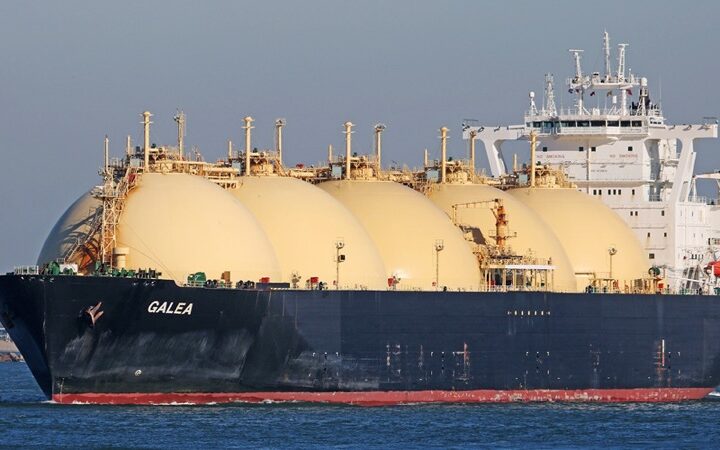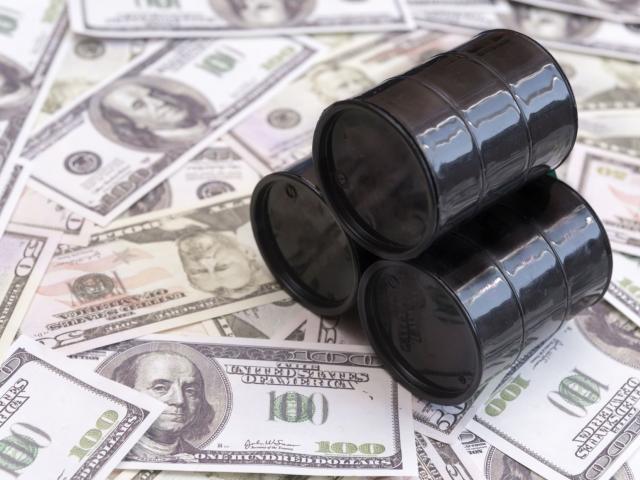.
* April Exports Decline Amid Slowdown in Economy *
By Oren Laurent
President, Banc De Binary
The Chinese economy recorded sharp drops in both imports and exports in April (year on year) with exports on the decline since July 2015.
Chinese Official Downbeat on Trade Data
 In April, the balance of trade in China was reported at $45.56 bln, up from $34.13 bln in April 2015. The figure beat consensus forecasts by a long margin and it also represents the biggest trade surplus for the world’s #2 economy since February of this year. The reason for the increase in the trade surplus is twofold: imports declined by 10.9%, while exports declined by 1.8%. It was the sharp drop in imports that helped to widen the balance of trade and expand the trade surplus. China’s balance of trade has seen sharp fluctuations in 2016, with a figure of $63.29 bln in January, $32.59 bln in February, $29.86 bln in March and $45.56 bln in April. The balance of trade was substantially lower on average between 1983 and 2016, with a figure of $8.22 bln. Asia’s largest economy has reported a trade surplus for six years between 2004 and 2009, with incremental increases every year. However, by 2015 the overall level of trade in China declined by 8%, fuelled by shrinking exports and declining imports. The weakness of the Chinese Renminbi was a big factor in the official import/export data. The forecast for the April trade surplus was $32 bln, but the actual figure was markedly higher.
In April, the balance of trade in China was reported at $45.56 bln, up from $34.13 bln in April 2015. The figure beat consensus forecasts by a long margin and it also represents the biggest trade surplus for the world’s #2 economy since February of this year. The reason for the increase in the trade surplus is twofold: imports declined by 10.9%, while exports declined by 1.8%. It was the sharp drop in imports that helped to widen the balance of trade and expand the trade surplus. China’s balance of trade has seen sharp fluctuations in 2016, with a figure of $63.29 bln in January, $32.59 bln in February, $29.86 bln in March and $45.56 bln in April. The balance of trade was substantially lower on average between 1983 and 2016, with a figure of $8.22 bln. Asia’s largest economy has reported a trade surplus for six years between 2004 and 2009, with incremental increases every year. However, by 2015 the overall level of trade in China declined by 8%, fuelled by shrinking exports and declining imports. The weakness of the Chinese Renminbi was a big factor in the official import/export data. The forecast for the April trade surplus was $32 bln, but the actual figure was markedly higher.
China and the Global Economy
Economic growth in China has hit its slowest growth rate in 25 years. As a case in point, imports in April declined for the 18th month in a row. This is a clear indication that domestic demand in China is weak. The data points to high levels of credit expansion during Q1 2016 along with increased infrastructure expenditure. Weak overall economic activity is not restricted to China, however; it is endemic across Asia. 2016 has been particularly devastating for emerging market economies which are heavily reliant on China for their economic performance.
The data was not entirely negative for China for April (year on year), with exports to the EU increasing by 3.2%, while exports to the US dropped by 9.3%. The People’s Bank of China has been instrumental in pushing for quantitative easing to stimulate the economy. Policymakers are especially eager to increase exports by way of raising tax rebates for certain companies, increase lending facilities, and expanding all manner of export credit insurance, among others. During April, the State Statistics Bureau (SSB) reported exports to the value of $173 bln, with imports coming in at $127 bln. This is precisely why the balance of trade came in at $45.56 bln. Owing to the depreciation of the CNY over the past year, there has been a slight increase in exports in April.
The State of the Domestic Economy
The Chinese economy is attempting to turn things around by focusing on consumer expenditure and the development of its high-tech industry over its 30-year policy of massive infrastructure investment and exports. For the economy to continue growing at its pre-stated rate of up to 7% GDP growth, the PBOC would need to expand quantitative easing and push for massive increases in bank lending to individuals and corporations. With GDP growth losing momentum in Q1 2016, many economic analysts were rightly concerned that the Chinese economy would tank. That hasn’t happened, owing to the strong fundamentals and the massive surplus that the country has been able to generate by way of its global export power.
After the Chinese Lunar New Year, one of the most important industries in the country – the steel industry – began to ramp up its production volumes. This resulted in a massive spike in the price of iron ore from emerging market economies. The Chinese steel industry has been a major catalyst in the rebound of the domestic economy, owing to the vast inventory levels that are now being used up as infrastructure expenditure and automobile industry growth continues. However, without fundamental growth taking place in the domestic economy, the mini-recovery in the steel industry will phase out. Domestically, there have also been strong increases in the demand for crude oil. Independent refiners in China have been buying up this commodity at near-record levels. China has been consuming in excess of 7.96 mln barrels per day, approaching the record set in February 2016 of 8.04 mln bpd.
Could China Hit a 25-Year Low Growth Rate
Now, analysts in China and globally are pouring over the economic data slated for release by May 24. It is around that time that we will see what is happening with credit growth in China, and what is happening with industrial production. Investors are rightly concerned about which direction the economy is going to move, given the economic data from April. If a market correction takes place, this will send shockwaves through the Shanghai composite index and the Shenzhen composite index, eroding the confidence of the recovery in Q2 2016 to date. Recall that factory activity in China was markedly weaker last month and this will also impact on upcoming forecasts. One such index is the PMI (purchasing managers’ index) compiled by Caixin. It indicated that industrial activity in China declined for the 14th month in a row – hardly a reason to celebrate a recovery.
In 2015, the Chinese economy grew at a rate of 6.9% – the first decline below 7% per annum for many years. This has investors deeply concerned that the Chinese economic slowdown is potentially more hazardous than initially envisioned. In dollar terms, imports declined by 10.9% in April – a substantial decrease for the world’s #2 biggest economy. This should, however, be seen against the backdrop of an increase in the strength of the USD and the CNY.
If analysts are correct in their assumptions, the Chinese economy will grow at a reduced rate of 6.5% for 2016 – the lowest growth rate in 25 years. That the Federal Reserve Bank will refrain from hiking interest rates has been good for the CNY, making China’s forex reserves less pressured. As of April, China is holding $3.22 trln in reserves – more than any country on earth.
Please note that this column does not constitute financial advice.







